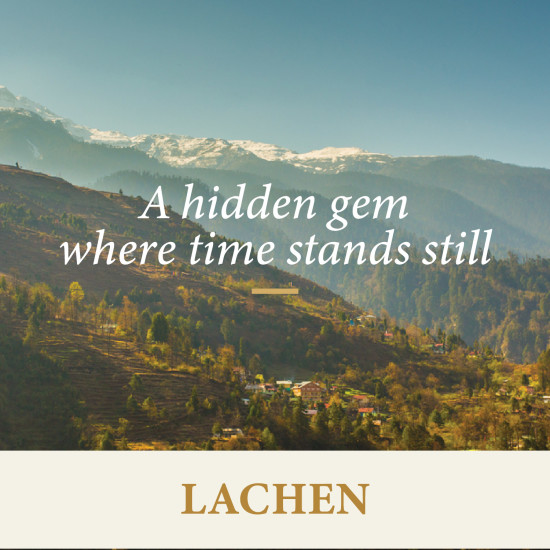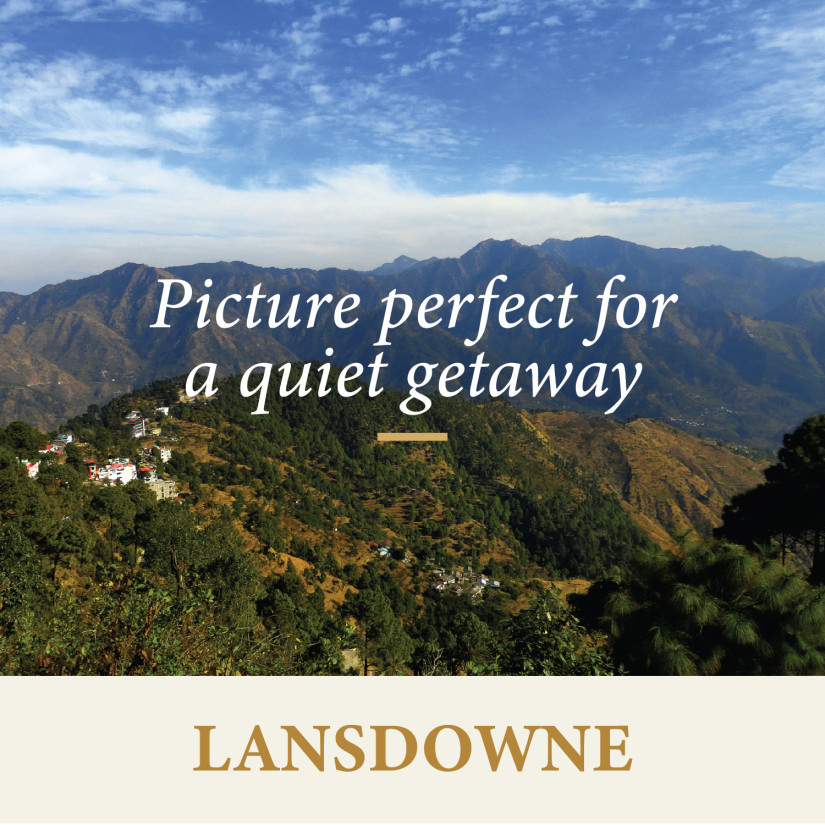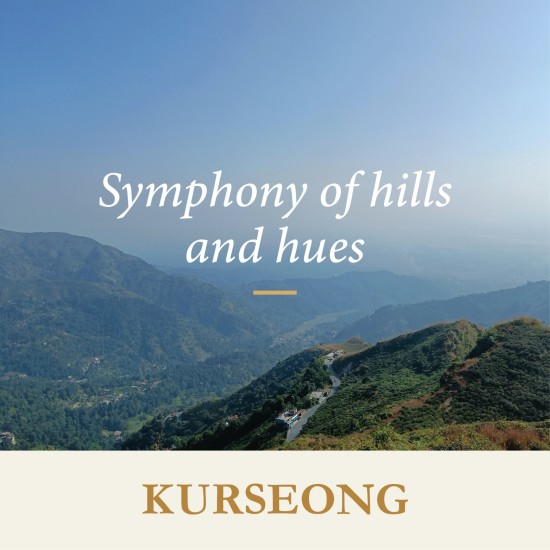
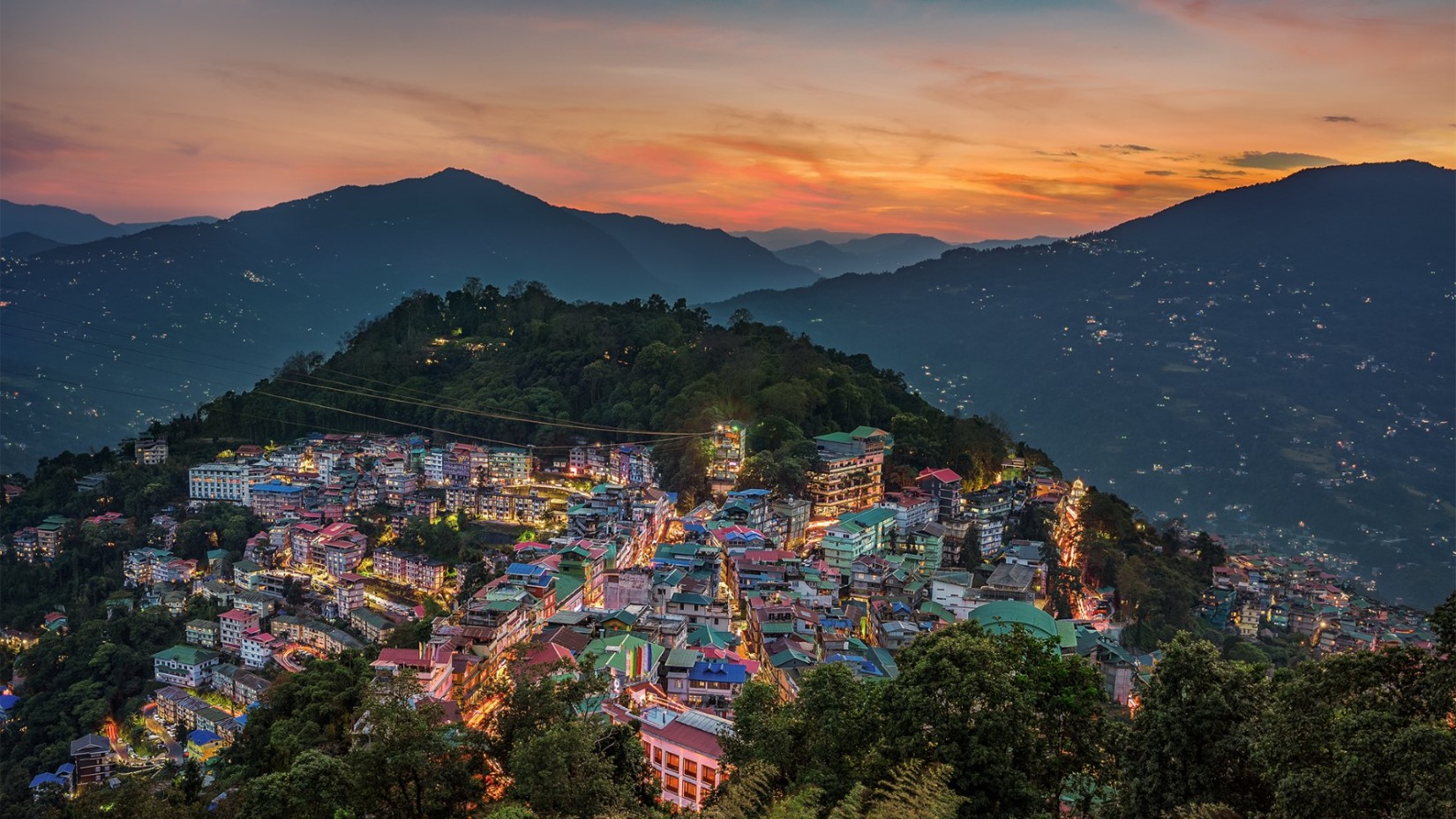

)







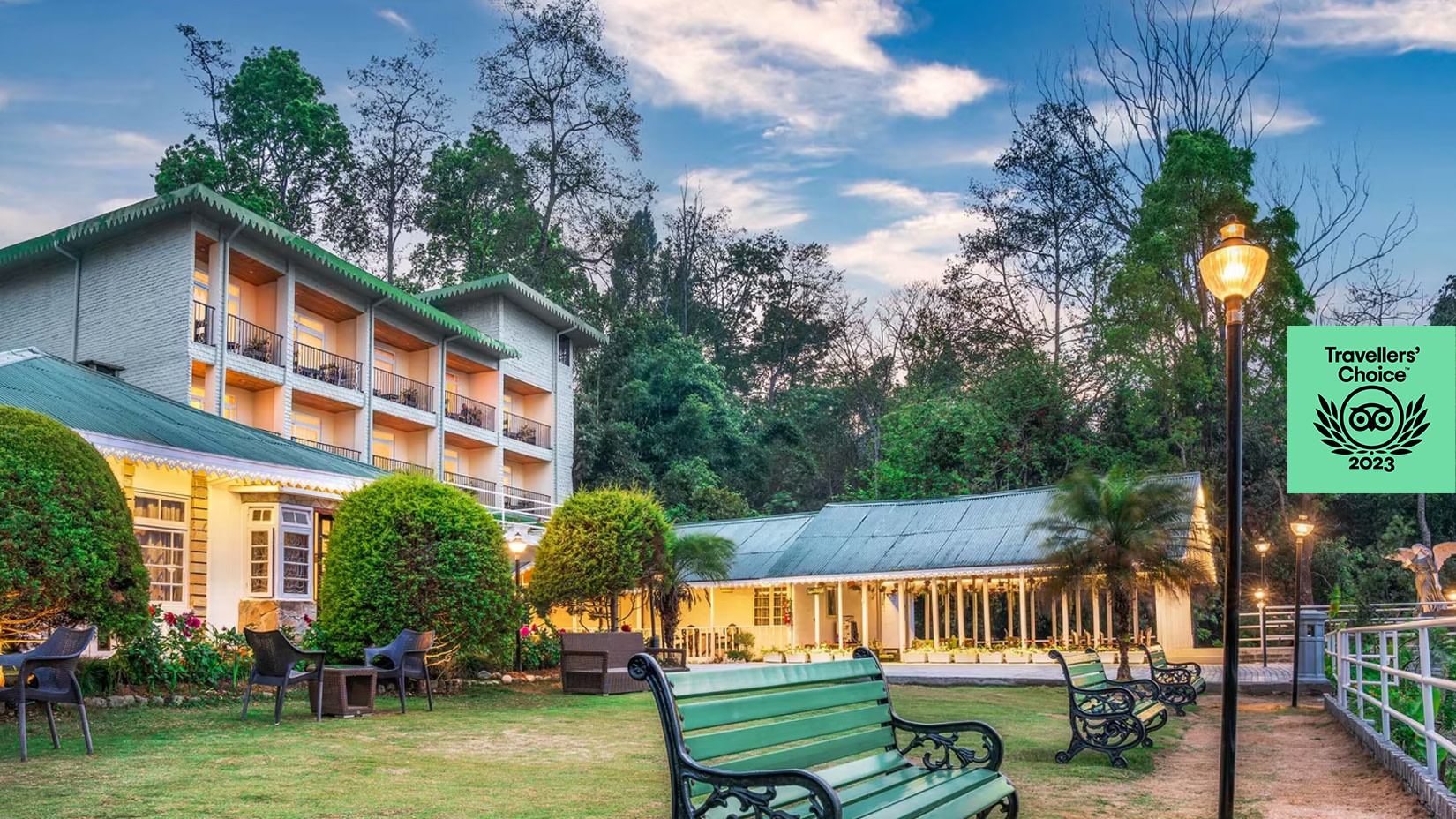





- Best Available Rates on the website
- 100% money-back guarantee; guests reach the hotel first for unbeatable assurance. Terms apply.
- Secure your booking by paying only 50% advance
- Free Wi-Fi
Summit Hotels & Resorts
Summit Hotels





Summit Hotels & Resorts is a renowned hotel and resort chain that has established a prominent presence in some of the most scenic and culturally rich destinations in India.Spread across fifteen destinations and six states with over 3 million happy guests, we are the largest leased hotel chain. Highly designated over 30 world class hotels and resorts, we aspire to render exquisite service to our guests.
With a commitment to providing top-notch hospitality and unforgettable experiences to our guests, Summit Hotels & Resorts has leased properties in the charming towns of Darjeeling, Kalimpong, Kurseong, Gangtok, Kaziranga, Lansdowne, Shimla, Naldehra, Rishikesh, and Goa. Each location offers a unique blend of natural beauty, cultural heritage, and modern amenities, making it a favorite choice for travelers seeking luxury and comfort.
Our Destinations
Subscribe for Exclusive Offers!
15 YEARS
OF IMPECCABLE
HOSPITALITY
OVER
15 DESTINATIONS
& 6 STATES
OVER 30
WORLDCLASS
HOTELS & RESORTS
OVER
3 MILLION
HAPPY GUESTS
EAST INDIA'S
LARGEST
HOTEL CHAIN
OUR DESTINATIONS

DARJEELING
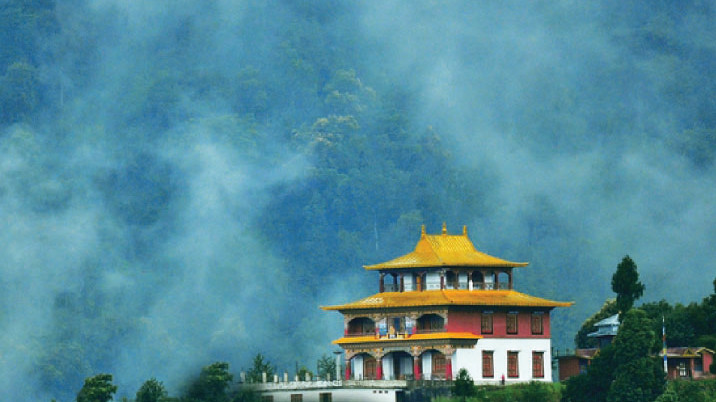
GANGTOK
)
GOA

KALIMPONG
_(Large))
KAZIRANGA
_(Large))
KURSEONG

LACHUNG
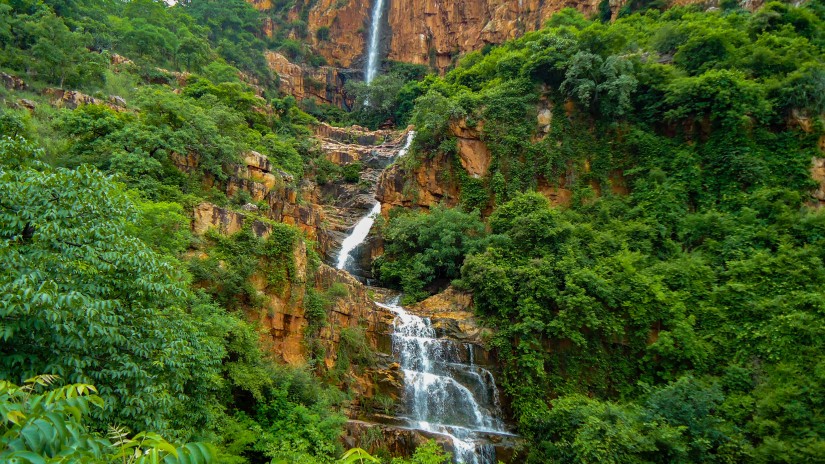
LACHEN
_(Large))
LANSDOWNE
)
DEOLO

SHIMLA

RISHIKESH

DARJEELING

GANGTOK
)
GOA
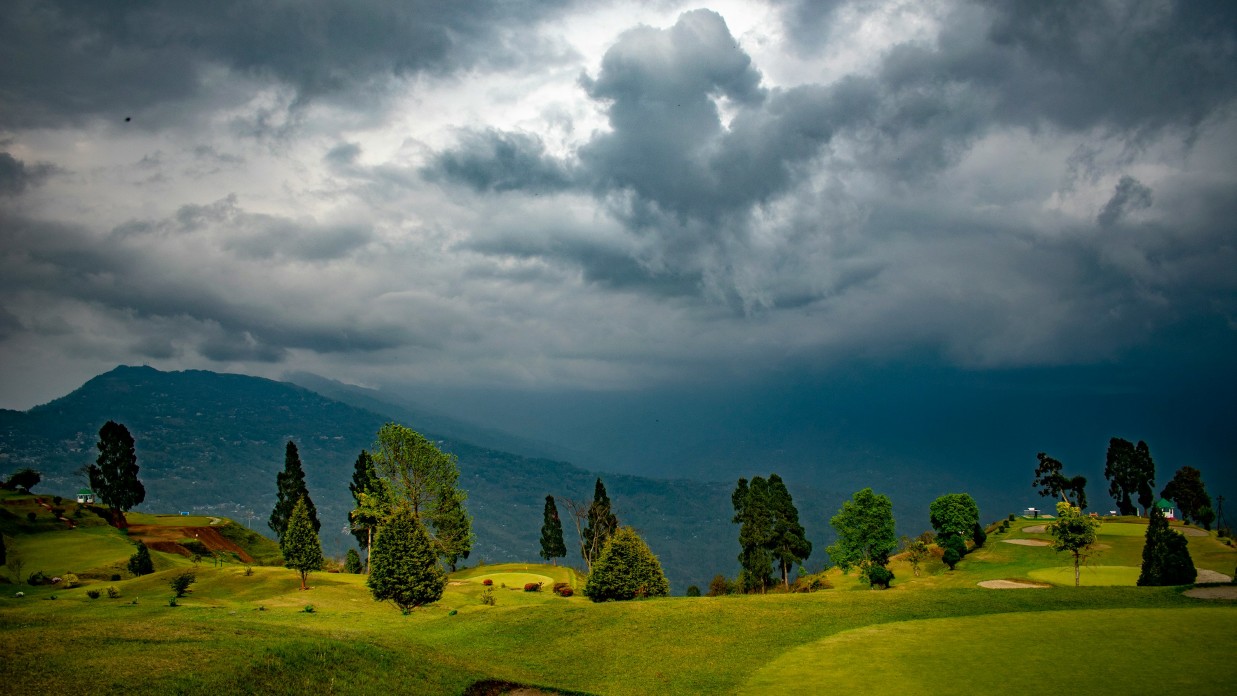
KALIMPONG
_(Large))
KAZIRANGA
_(Large))
KURSEONG

LACHUNG

LACHEN
_(Large))
LANSDOWNE
)
DEOLO
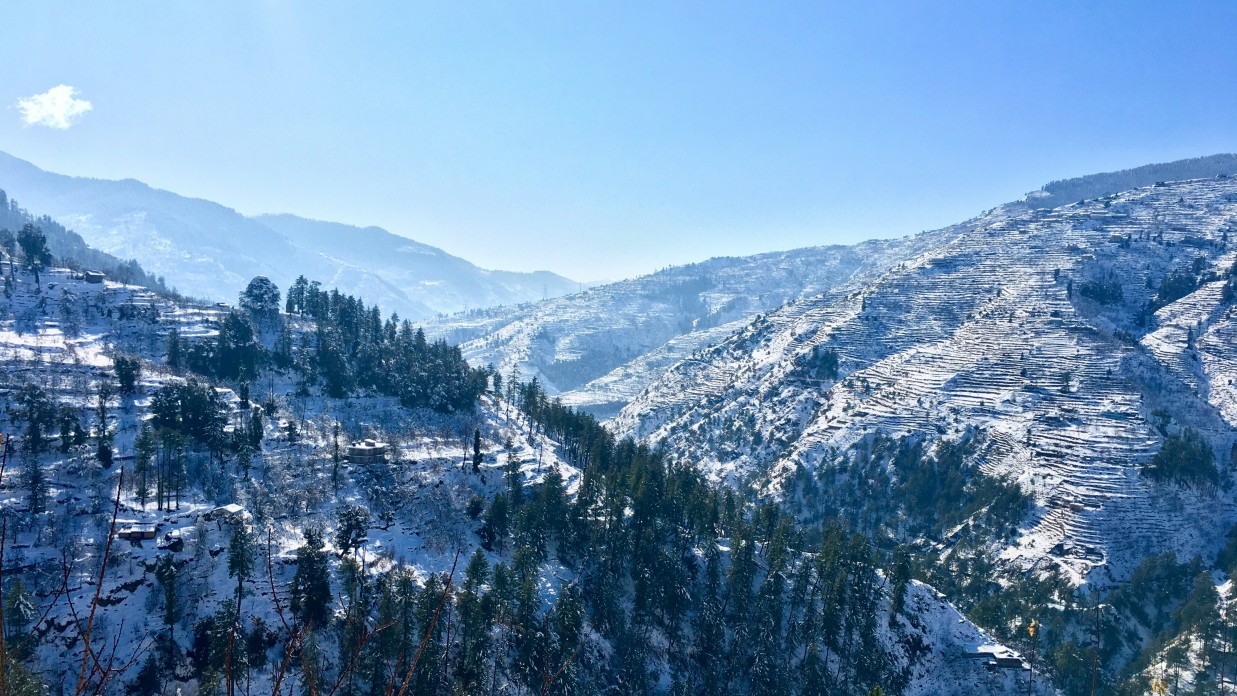
SHIMLA

RISHIKESH
DISCOVER SOMEWHERE NEW

SUMMIT BOUGAINVILLEA TEA RESORT
KURSEONG
Discover the captivating world of Summit Bougainvillea Tea Resort - an exquisite haven tucked away in the heart of Kurseong.
)
SUMMIT SHERPA MOUNTAIN HOTEL & SPA
KALIMPONG
A luxury hotel in Kalimpong situated atop the famous Deolo Hill, offering stunning 360° views of Mt. Kanchenjunga from every room.
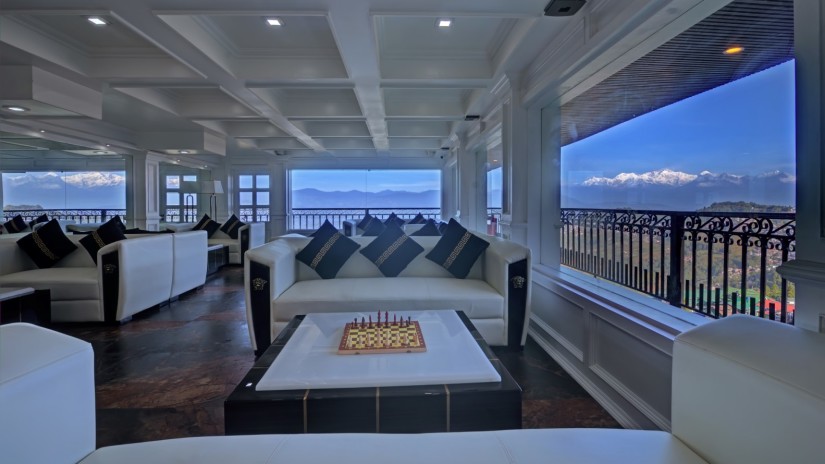
WEST GATE POSADA by SUMMIT
DARJEELING
An opulent Darjeeling hotel provides a tranquil retreat and a mesmerizing vantage point for awe-inspiring snow-clad mountain vistas.

SUMMIT LA NICHOLAS - LAKE VIEW RESORT
SHILLONG
Experience the charm of Shillong at La Nicholas - Lake View Resort, situated overlooking the picturesque Umiam Lake.

SUMMIT GRAND RESORT & SPA
GANGTOK
Step into a realm of luxury at Summit Grand Resort & Spa - Nestled near the famed Tashi Viewpoint, this retreat offers stunning views of the Himalayas, promising a serene escape.

SUMMIT BOUGAINVILLEA TEA RESORT
KURSEONG
Discover the captivating world of Summit Bougainvillea Tea Resort - an exquisite haven tucked away in the heart of Kurseong.
)
SUMMIT HOLIDAYS
At Summit Holidays we know what makes a holiday more than just a holiday. Summit Holidays has been providing leading guest services across Himalayas in India for over 20 years with more than 40+ resorts, representing member families under management.
WHAT OUR GUESTS SAY
)
MR. ARUN ROY KARMAKAR
I had a wonderful stay at Summit Ttakshang Residency & Spa in Gangtok. The clean, spacious, and comfortable rooms, combined with the polite staff, timely service, and disciplined environment, made my experience truly enjoyable. Everything exceeded my expectations, creating a perfect retreat.
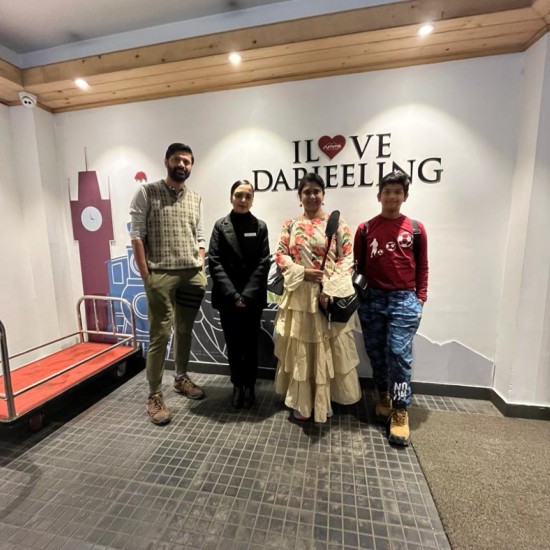
MR. SURYA GUNUPUDI
I had an unforgettable first-time experience in Darjeeling at Summit Swiss Heritage. The entire staff's fantastic hospitality, coupled with a breathtaking view of Kanchenjunga from my room, made our trip truly memorable. Special thanks to Ms. Riya from the Front Desk, whose outstanding service added an extra layer of warmth to our stay.

MR. PRASUN MUKHERJJEE
Our stay at Summit Sherpa Mountain Resort & Spa in Kalimpong was truly exceptional. The culinary experience was delightful, with the chef personally inquiring about our preferences and even preparing a special dish on our request. The breathtaking views from both the room balcony and restaurant terrace, coupled with the gracious and polite staff and impeccably clean rooms, made our overall experience truly memorable.

MR. BALDWIN
Staying at Summit Newa Regency Pelling, I'm thoroughly impressed by the outstanding service provided by the restaurant staff. Their professionalism, promptness in catering to all our needs, and their attentiveness, making us feel like VIPs. The receptionists are excellent, and the baggage loaders provide swift service. Overall, a remarkable experience





